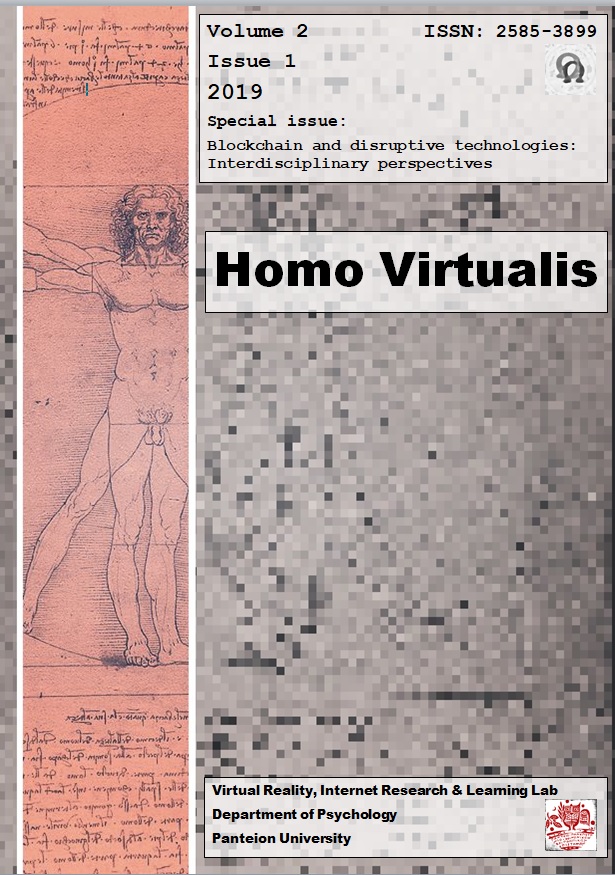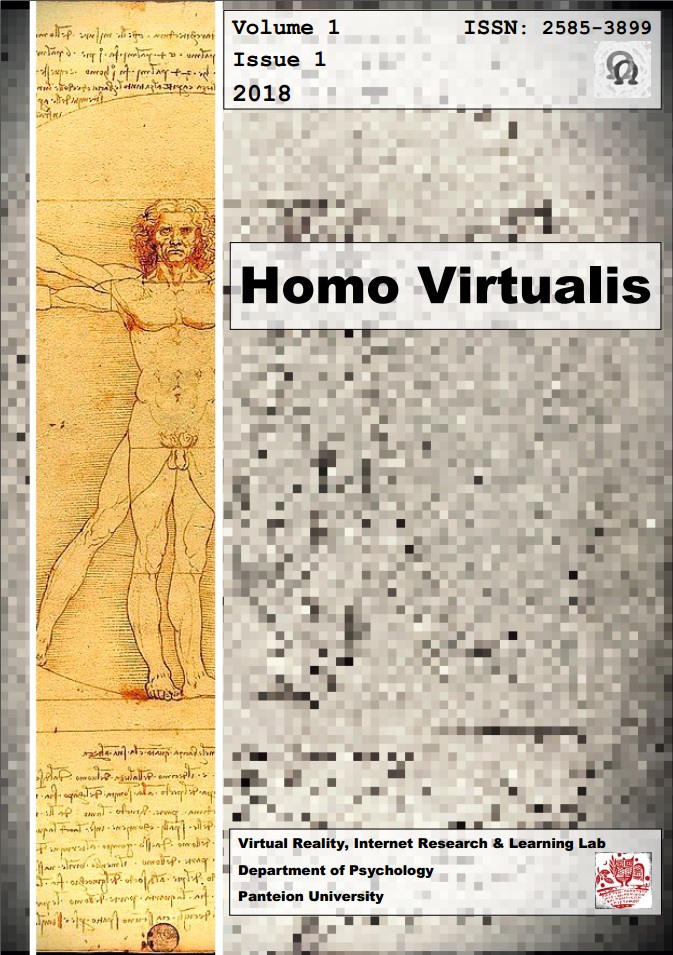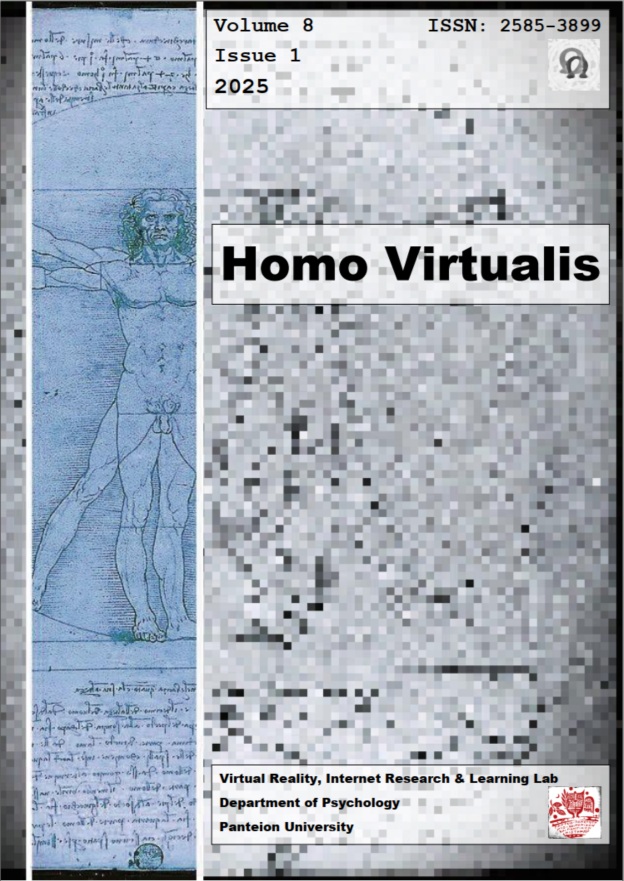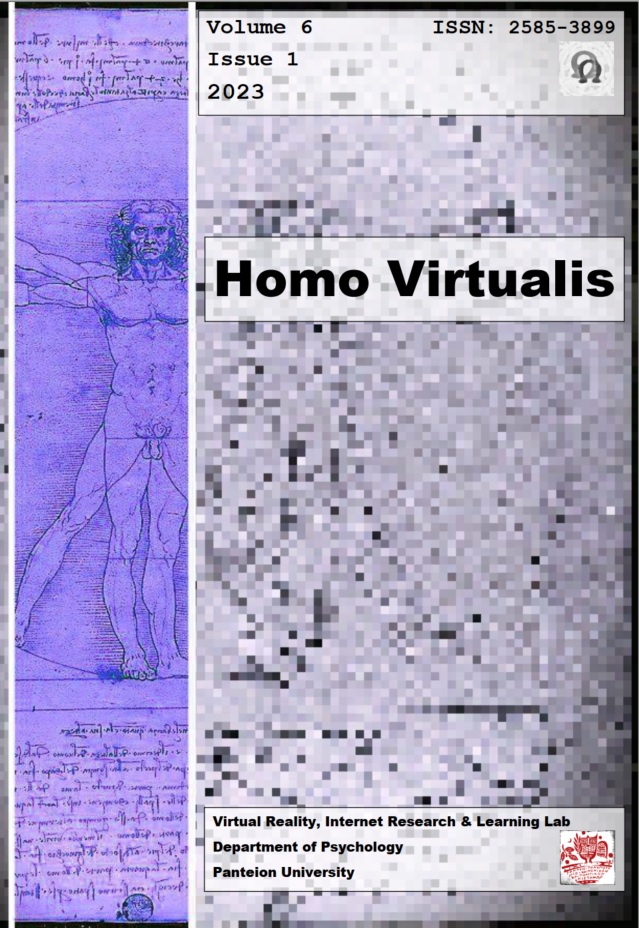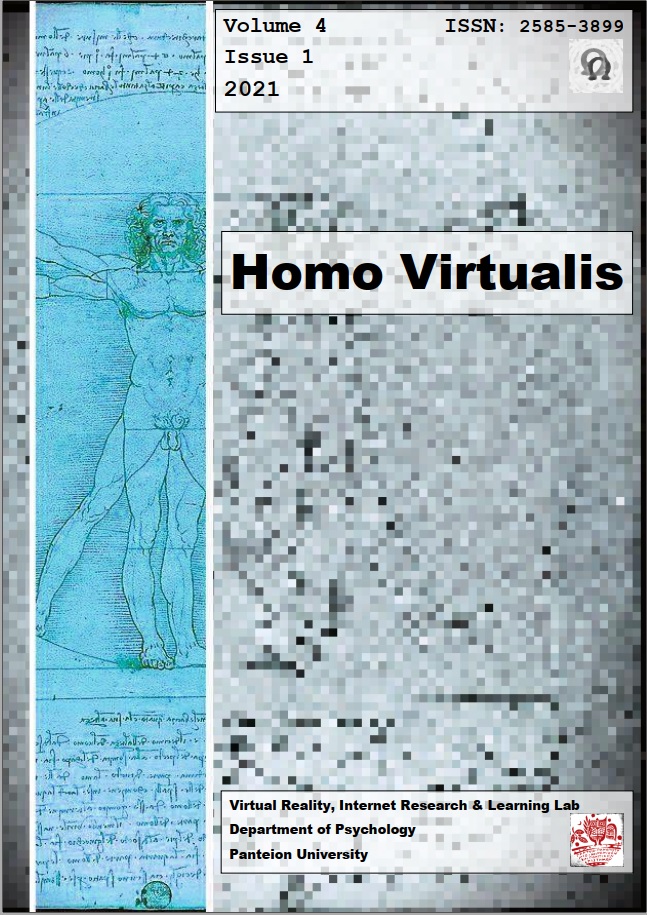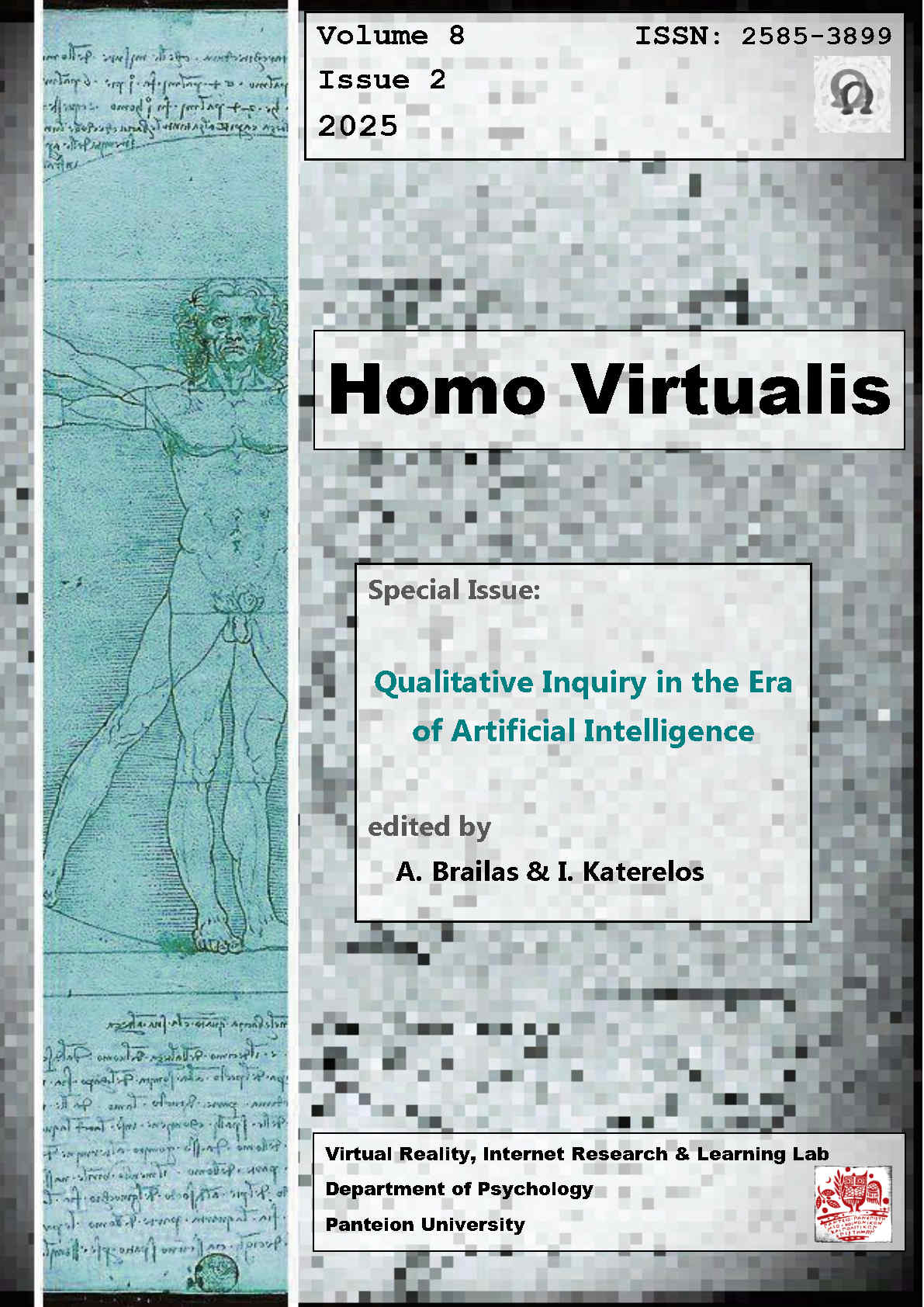Digital pedagogies and biotechnical realities: Education and life after the COVID-19 pandemic
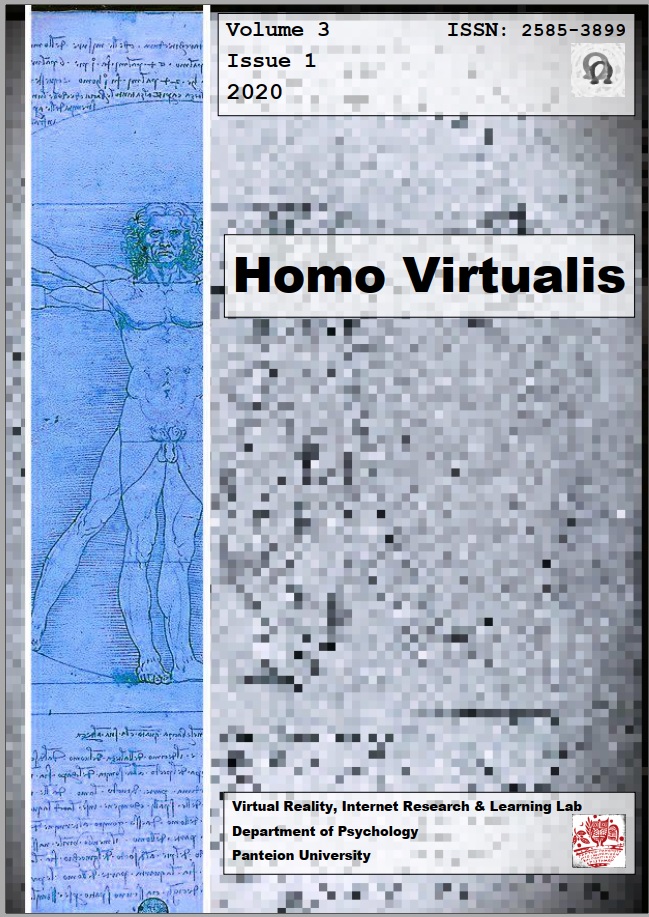
Abstract
What would have taken years to change in the world we knew, took just a few months during a global pandemic. Millions of teachers, therapists, and other practitioners around the world whose work requires direct contact with people, dived into every synchronous and asynchronous platform they could find. They had to in order to continue their work with students or clients, to maintain connections, to empower people during the crisis, to ensure that nobody felt alone, to protect and strengthen life, and to resist a vicious invisible threat. All these practitioners struggled to ensure physical distancing did not result in social or emotional distancing, and managed to do so through web technologies and digital media. The social pattern of life, the very pattern that allowed coronavirus to threaten humanity, is the same pattern helped maintain life during lockdown by taking advantage of digital media.
Article Details
- How to Cite
-
Brailas, A. (2020). Digital pedagogies and biotechnical realities: Education and life after the COVID-19 pandemic. Homo Virtualis, 3(1), 1–3. https://doi.org/10.12681/homvir.23467
- Issue
- Vol. 3 No. 1 (2020)
- Section
- Commentaries

This work is licensed under a Creative Commons Attribution 4.0 International License.
Authors who publish with this journal agree to the following terms:
· Authors retain copyright and grant the journal right of first publication with the work simultaneously licensed under a Creative Commons Attribution License that allows others to share the work with an acknowledgement of the work's authorship and initial publication in this journal.
· Authors are able to enter into separate, additional contractual arrangements for the non-exclusive distribution of the journal's published version of the work (e.g. post it to an institutional repository or publish it in a book), with an acknowledgement of its initial publication in this journal.
· Authors are permitted and encouraged to post their work online (preferably in institutional repositories or on their website) prior to and during the submission process, as it can lead to productive exchanges, as well as earlier and greater citation of published work.



